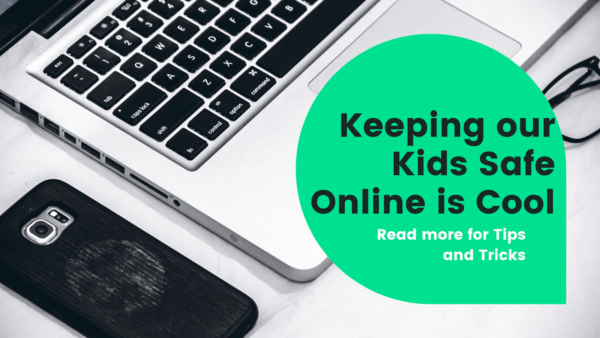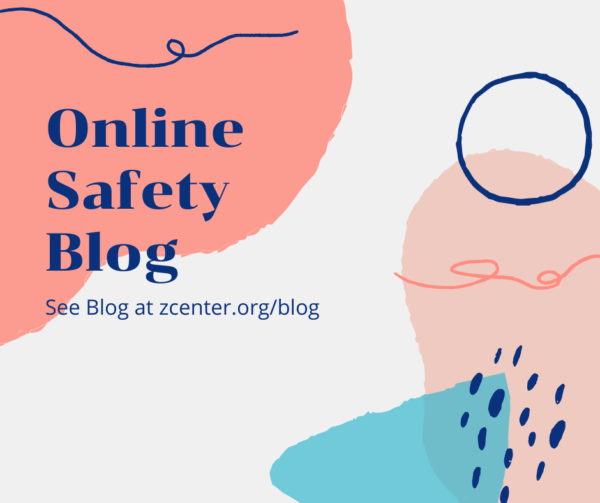 During these past months of uncertainty and change, our world has become very virtual. Being able to ensure that we are staying safe, keeping our children safe, and using technology correctly are new skills we all have had to learn. Today, we are going to talk about different tips and tricks to help keep our kids safe online. We will be discussing ways to do this on many different platforms.
During these past months of uncertainty and change, our world has become very virtual. Being able to ensure that we are staying safe, keeping our children safe, and using technology correctly are new skills we all have had to learn. Today, we are going to talk about different tips and tricks to help keep our kids safe online. We will be discussing ways to do this on many different platforms.
First, let’s talk about Facebook and Instagram. Many people use these platforms every single day, whether that be to stay in touch with family members or friends, share our favorite recipe and pet photos, or meet and engage with new people! No matter the reason for being on Facebook, making sure that we are keeping certain things private and confidential is something we all need to be aware of. Once we as parents have the tips and tricks to do so, we need to be doing this with our children as well. One option for online safety is to make sure that your profile, and your child’s, are set to private. Here is how we can do that on Facebook:
- Open the browser on your computer and go to the Facebook page.
- Log in to your account.
- Look for the arrow icon on the top right of the screen.
- Tap on “Settings.”
- Look at the menu on the left.
- Press “Privacy.” Doing so will open the “Privacy” tab on the right.
- You can now change your privacy settings for different features. For instance, choose who can see your posts, who can see your friends list, etc.
- Adjust the settings to suit your needs. To do this, tap on the blue “Edit” button next to the feature.
https://www.alphr.com/facebook-make-profile-private/
Here is how we can set our Instagram account to private:
- Tap or your profile picture in the bottom right to go to your profile.
- Tap in the top right, then tap Settings.
- Tap Privacy.
- Tap next to Private Account to make your account private.
For more information, watch this video: How to make Instagram Private
You can also have a conversation with your children to help them understand the importance of privacy. Being sure to have an open and honest dialogue with your children is a good start to build trust and encourage them to come to you if something feels wrong. Here are some other tips and conversation points that can help keep your child safe online.
- Let your children know that we should only “add” or “accept” people that we are 100% sure are who they say they are.
- Ways we can do that would be: adding someone who is there in person with you and is showing you their profile, talking with that person about what their Instagram handle or video game name is, asking a parent or guardian if this is the person they say they are, and ensuring that they are someone that you know personally and not through a friend.
- If they are ever unsure if this person is who they say they are, encourage them to come to you first before accepting or adding anyone.
- Be sure your child knows to only share photos or videos that are appropriate.
- Snapchat and TikTok are among the more popular apps for social media and are primarily photos and videos. Explain the difference between an inappropriate and appropriate photo or video. Some examples you could share that are appropriate could be photos of your pets, lunch, family members, landscapes, etc. Some examples of inappropriate photos could be photos of private information, photos of nude body parts, sharing other people’s private information without their permission, videos doing anything you are uncomfortable with, etc.
- Advise your child to let you know if someone ever asks you to share something you do not want to and that it is okay to tell that person NO. The things that we share on social media are shared online for everyone to see and can be saved or screenshot in a split second. Letting our children know that can be something that stays in their head when they are thinking about posting certain things. Let your children know if they are ever unsure if something is okay to share, to ask and talk to you or another trusted adult first.
- Another platform that many children are using is the use of video games. Many times children are playing with their friends and people they know but sometimes they are playing with strangers. Setting restrictions on the video game, not allowing Xbox Live to be used until your child is old enough to understand your set boundaries, and again having an open conversation about your expectations while using these devices are important.
- Let your child know to only play with people they know. If they are playing with people they do not know, remind them not to give out any personal information, including: name, address, phone number, etc.
- Also, let your children know the importance of not meeting up with anyone that they meet online unless first approved by you or with you.
Having these conversions with your children can be difficult and scary, but you are not alone!
Visit: https://amaze.org/parents/guides/ for more information on how to have these talks, share different videos with your children on important safety topics, etc.
Written by Dana Drozek, Education and Outreach Specialist.
All ZCenter blog posts are written by state certified staff, interns, and volunteers. For questions on authorship or content, please email kjones@zcenter.org.

